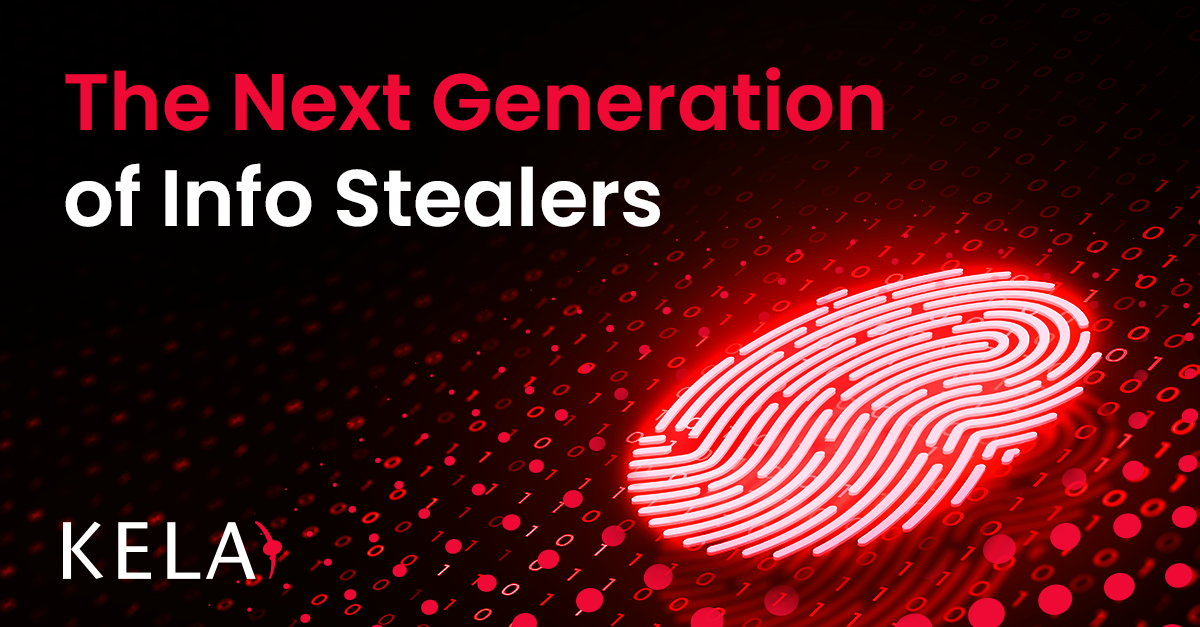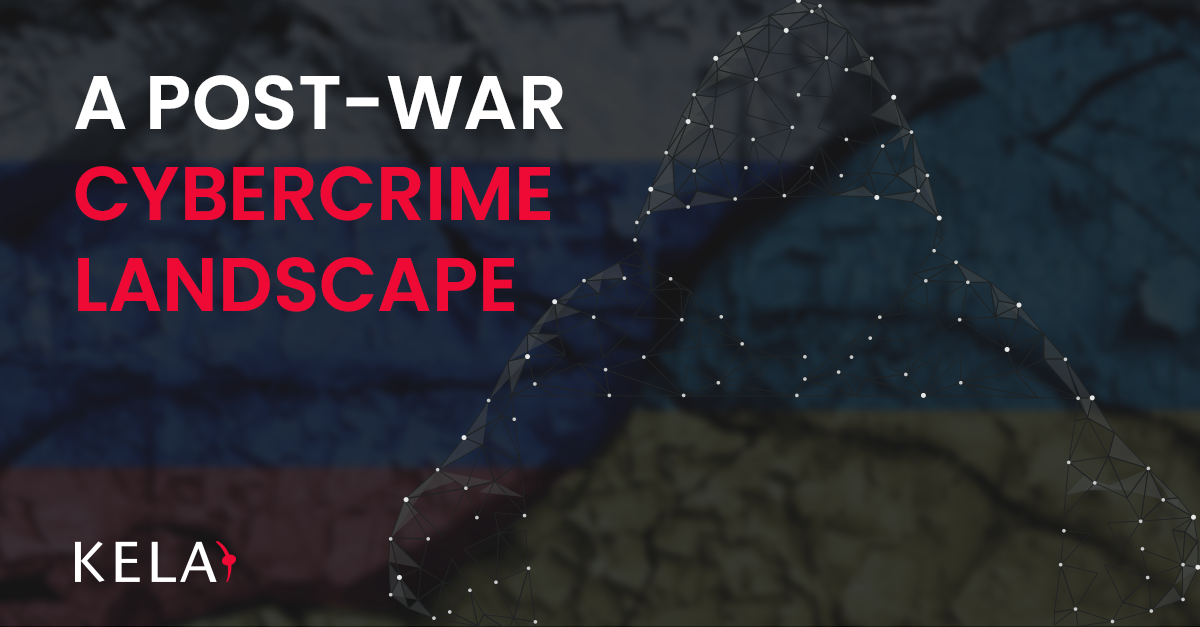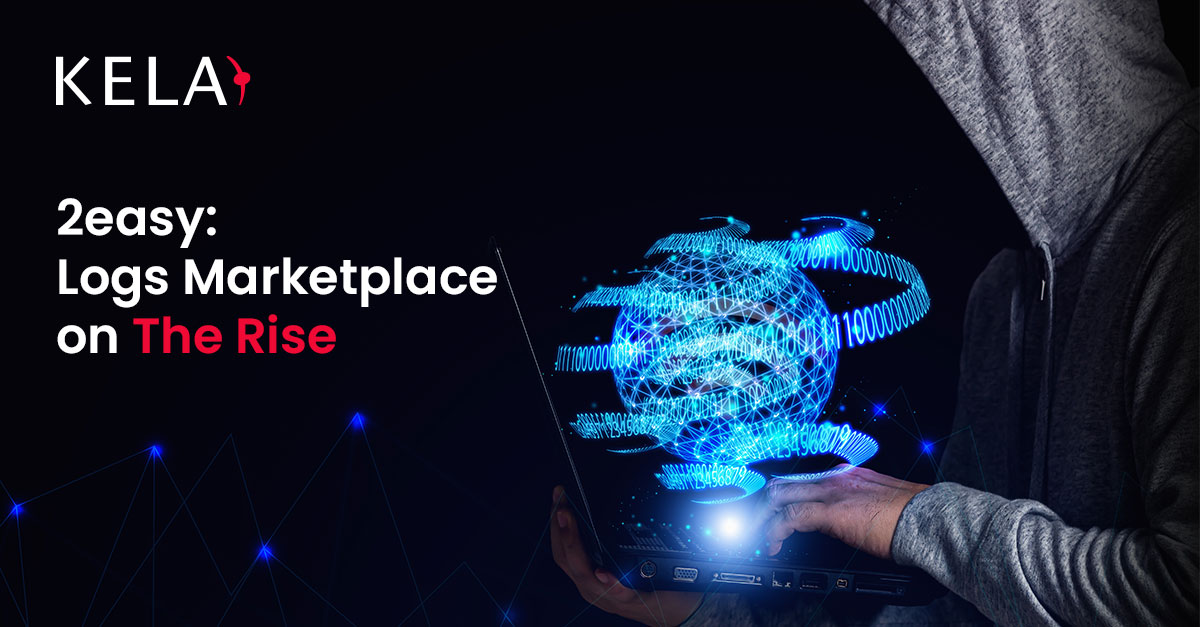
The Next Generation of Info Stealers
KELA Cyber Intelligence CenterIn recent years, information-stealing Trojans have become a very popular attack vector. This type of malware is used for harvesting saved information on machines including usernames and passwords (“logs”) which are further sold on automated botnet marketplaces such as RussianMarket, TwoEasy, and Genesis, or privately. If purchased by threat actors, these credentials pose a significant risk to an organization, as they allow actors to access various resources which may result in data exfiltration, lateral movement, and malware deployment, such as ransomware.
Some of the most popular info-stealers advertised on cybercrime forums and identified on these marketplaces are RedLine, Raccoon, and Vidar. While some of these commodity stealers remain relevant, KELA observed that the threat landscape started to change under various conditions. The Russia-Ukraine war, the info-stealer operators’ need to improve malware capabilities, and their financial motivation, resulted in new stealers and services becoming available.
This report focuses on the currently active information stealers, highlighting the evolution of the old stealers, as well as the debut of new ones.









